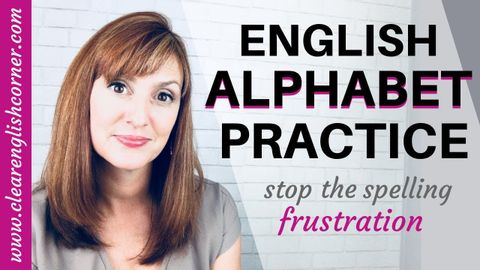アルファベットの発音アメリカ英語のアルファベットの発音 (How to Say English Letters: American English Alphabet Pronunciation)
Alyna が 2024 年 06 月 14 日 に投稿  この条件に一致する単語はありません
この条件に一致する単語はありませんUS /prəˌnʌnsiˈeʃən/
・
UK /prəˌnʌnsiˈeɪʃn/
- n. (c./u.)発音;正確な発音;発音の仕方;発音ガイド
- adj.噛みにくい;骨の折れる : つらい : きつい;厳しい;(物が)丈夫な : 頑丈な;強い;話しづらい;暴力的な
- n.タフな人
- v.t.鍛える
- v.t./i.耐え抜く
US /ɪn'gedʒ/
・
UK /ɪn'ɡeɪdʒ/
- v.t.武力によって衝突する;雇用する;人の興味を引く;従事する;かみ合う;約束する
US /ˌsɪtʃuˈeʃən/
・
UK /ˌsɪtʃuˈeɪʃn/
エネルギーを使用
すべての単語を解除
発音・解説・フィルター機能を解除
